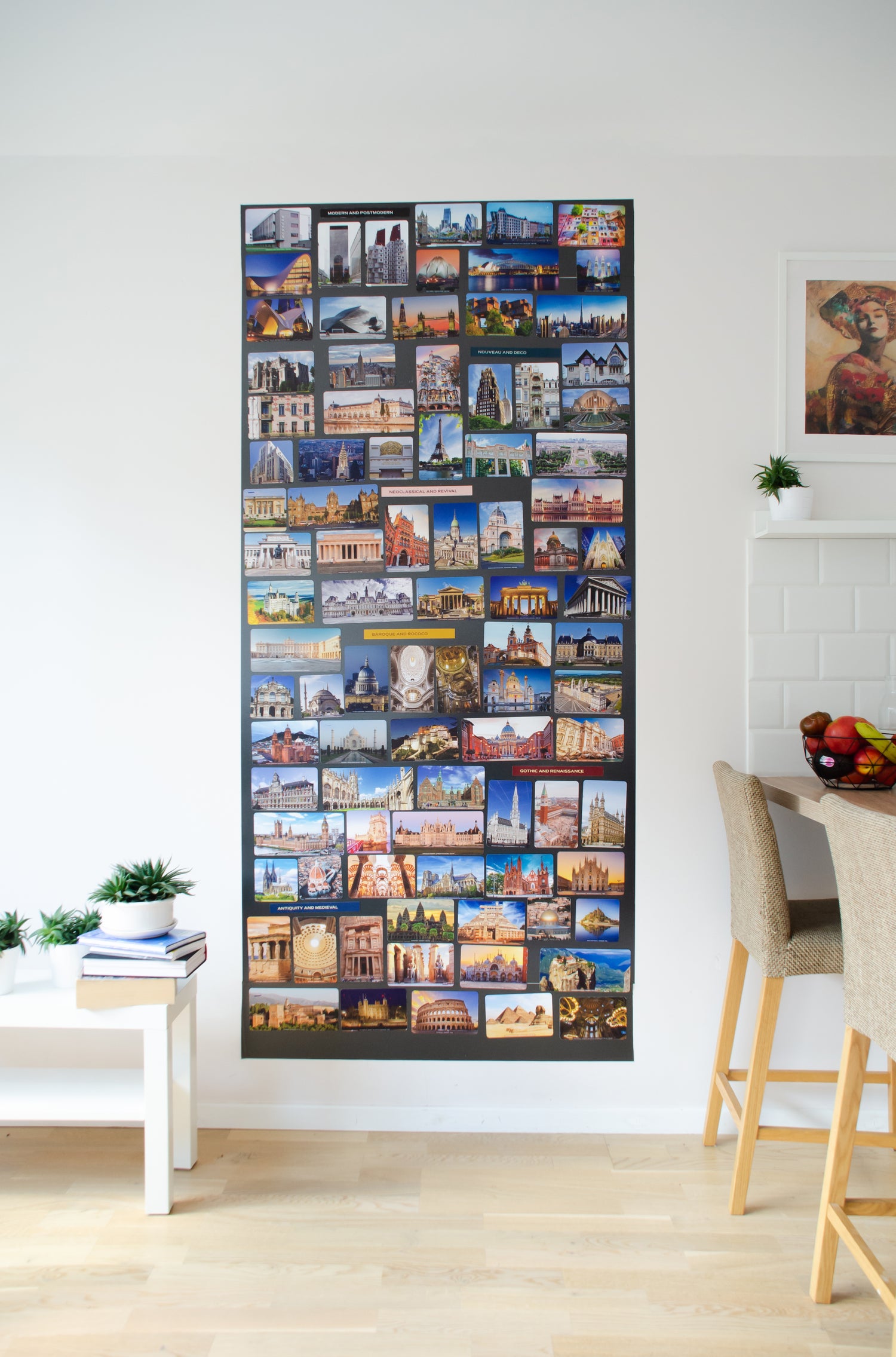Why are teaching materials important for a classroom?
Teaching materials play a crucial role in the classroom setting, enhancing the learning experience for students in various ways. One of the primary benefits of using teaching materials is the ability to enhance the learning experience with visual aids. Visual aids such as charts, graphs, and illustrations can help students better understand complex concepts by providing a visual representation.
In addition to visual aids, teaching materials also allow for differentiation of instruction for diverse learners. Every student is unique, and having materials that cater to different learning styles and abilities can help ensure that every student has an equal opportunity to succeed in their education.
Moreover, teaching materials provide opportunities for engaging students through interactive activities. By incorporating interactive elements into the materials, such as quizzes, games, and hands-on activities, teachers can create a dynamic and interactive learning environment that keeps students actively involved and excited about learning.
What are some tools to create teaching materials?
When it comes to creating teaching materials, there is a wide range of tools available to educators. One popular tool is Canva, an online graphic design platform known for its user-friendly interface and professional-looking designs. With Canva, teachers can choose from a variety of templates, add their own content, and customize the design to fit their specific needs.
Another tool that many educators find useful is PowerPoint. PowerPoint offers a vast collection of templates that can be easily edited to create visually appealing teaching materials. With its drag-and-drop functionality, teachers can quickly create presentations with text, images, and even embedded videos.
For those looking for more advanced customization options, Adobe software such as Photoshop and Illustrator can be excellent choices. These professional-grade tools provide a wide range of design features, allowing teachers to create unique and personalized teaching materials.
How to create your own teaching materials?
Creating your own teaching materials can be a rewarding and creative process. To start, it is often helpful to begin with a template that closely aligns with your needs. Templates provide a structure that you can easily customize by adding your own content, such as text and images.
In addition to static elements, consider adding interactive elements to make the learning experience more engaging. Interactive elements can include clickable buttons, drag-and-drop activities, or multimedia elements.
Animating your teaching materials is another way to capture students' attention and make the materials more visually appealing. Animations can be used to highlight important information, create transitions between slides, or illustrate concepts in an engaging way.
What are the different types of teaching materials?
Teaching materials come in various forms, each serving a specific purpose in the classroom setting. Presentations are commonly used to deliver information to students in a structured and organized manner. They can include slides with text, images, and multimedia elements.
Worksheets are another type of teaching material that provides students with opportunities for practice and reinforcement. Worksheets can be in the form of printable handouts or digital documents, allowing students to engage with the material independently.
In addition to creating your own teaching materials from scratch, there are also free templates available that can save time and effort. These templates are often designed by professionals and can be easily customized to create high-quality teaching resources.
Where can I find free teaching material resources?
If you're looking for free teaching material resources, there are several online platforms that offer a wide range of options. Websites such as Teachers Pay Teachers, Pinterest, and Education.com provide access to a vast collection of teaching materials created by educators from around the world.
Additionally, Canva, the online graphic design platform mentioned earlier, has an extensive library of templates that are free to use. These templates can be customized to suit your needs and are a great resource for creating visually appealing teaching materials.
You can also find downloadable teaching materials from reputable websites that focus on educational resources. These websites often offer a selection of free materials that can be downloaded and used in your classroom.
How can teachers and students benefit from interactive teaching materials?
Using interactive teaching materials can have numerous benefits for both teachers and students. One of the significant advantages is increased student engagement and participation. When students are actively involved in the learning process through interactive activities, they are more likely to stay focused and retain information.
Furthermore, interactive teaching materials enhance understanding and retention of concepts. By incorporating interactive elements, students can interact with the material, reinforcing their understanding and helping them remember important information.
Interactive teaching materials also provide opportunities for collaborative and interactive learning experiences. Students can work together on group activities, participate in discussions, and engage in hands-on learning, fostering a sense of teamwork and cooperation.
What are some tips for creating effective teaching materials?
To create effective teaching materials, it's essential to follow a few key tips. First, start by clearly defining your learning objectives. Having a clear understanding of what you want your students to achieve will guide your material creation process.
Next, keep the design of your materials simple and visually appealing. Cluttered or confusing designs can distract students and hinder their learning experience. Use a clean layout, appropriate fonts, and colors that are easy on the eyes.
Incorporate icons and illustrations to convey information. Visual elements can help make your materials more engaging and easier to understand for students.
Additionally, discover MUSÉEWALL collections - educational magnetic cards for every classroom!
Q: What is Canva?
A: Canva is an online design tool that allows users to create a wide range of visual content, including teaching materials, using pre-designed templates or starting from scratch.
Q: How can I use templates to create teaching materials?
A: Templates are pre-designed layouts that you can use as a starting point for creating your teaching materials. They can include different elements such as text boxes, images, and shapes. By using templates, you can save time and effort in designing your materials from scratch.
Q: What is a worksheet and how can I create one?
A: A worksheet is a printed or online document that contains questions, exercises, or activities for a student to complete. To create a worksheet, you can use tools like Microsoft Word or Google Docs. Start by adding your questions or exercises, format them as needed, and then save the document as a PDF file for printing or online distribution.
Q: How can I create interactive slides for my presentations?
A: To create interactive slides, you can use tools like Microsoft PowerPoint or Google Slides. These tools offer features that allow you to add interactive elements such as hyperlinks, buttons, and animations. By making your slides interactive, you can engage your students and make your presentations more dynamic.
Q: How can I use teaching materials to create online courses or resources?
A: Teaching materials can be used to create online courses or resources by uploading them to platforms designed for e-learning. These platforms provide tools for creating and organizing course content, such as text, images, videos, and interactive elements. By creating online courses, you can reach a wider audience and provide flexible learning options.
Q: How can I make my teaching materials more engaging for students?
A: To make your teaching materials more engaging, you can incorporate elements such as images, videos, interactive exercises, and real-life examples. You can also make use of multimedia tools like Canva or Adobe Spark to create visually appealing and interactive materials. By making your materials interactive and relevant, you can capture your students' attention and enhance their learning experience.




